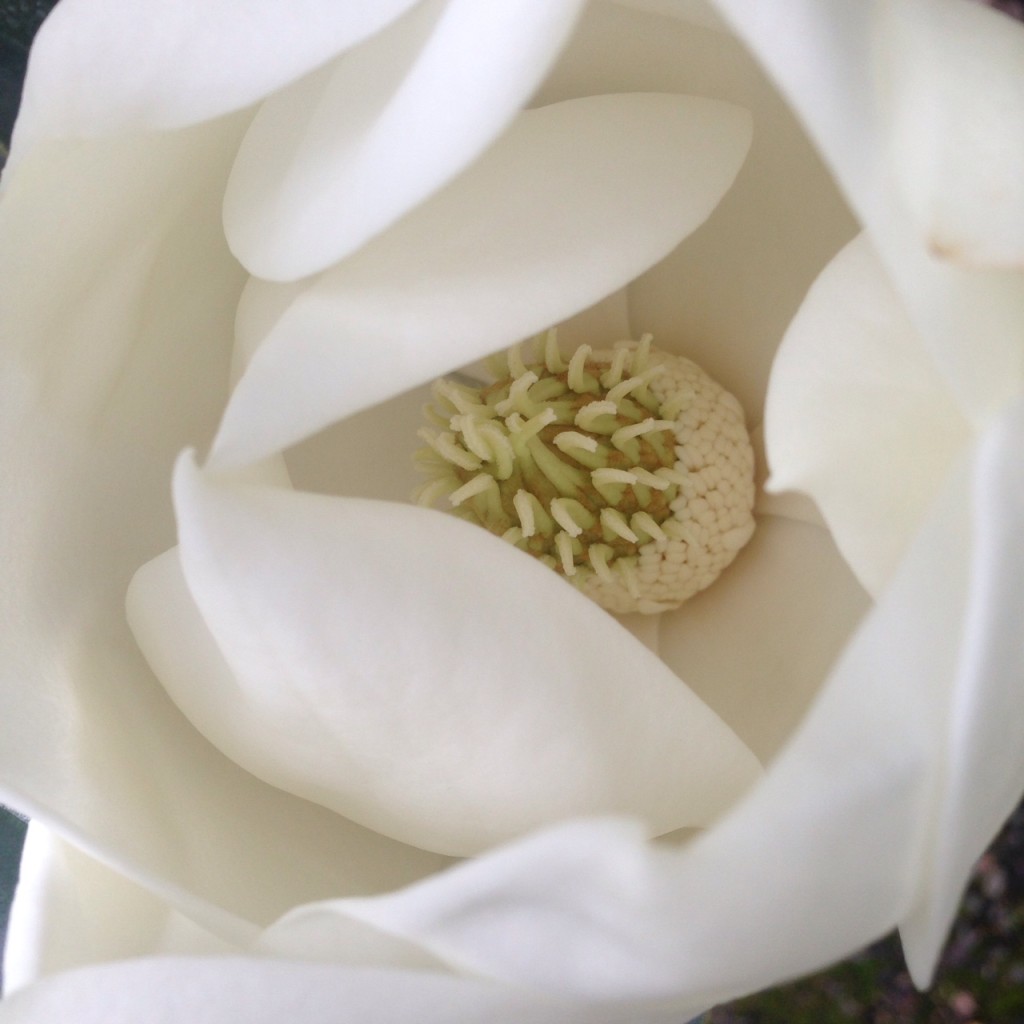The moon garden
 As the days become hot the garden becomes a welcome respite in the cool of evening. There are many plants that lend themselves to the purposes of the night garden, flowers that bloom only in the evening or blooms who’s fragrance becomes most intense after nightfall, white blooms and silver foliage reflect moonlight and all conspire to create a soft magical atmosphere perfect for a cool drink after a hot day.
As the days become hot the garden becomes a welcome respite in the cool of evening. There are many plants that lend themselves to the purposes of the night garden, flowers that bloom only in the evening or blooms who’s fragrance becomes most intense after nightfall, white blooms and silver foliage reflect moonlight and all conspire to create a soft magical atmosphere perfect for a cool drink after a hot day.
We’ve listed a few of of favorite plants for creating your own moon garden.
Evening primrose – Oenothera sp.
Night active insects are attracted to this beauty with soft yellow and sweetly fragrant blooms that open after dusk. Biennis, Pallida or Caespitosa are the native varieties. They grow well in dry areas of the garden and self sow beautifully.
Flowering tobacco – Nicotiana sp.
There are many options but our favorites are the sylvestris varieties as they often grow to 5 feet tall. The striking white blooms attract Butterflies and Hummingbirds during the day and moths in the evening. Flowers are lovely all day but as the sun falls the intently fragrant blooms are intoxicating and they grow in sun or shade so you have many options on where to plant them.
Jasmine – Jasminum officinale or ‘Poets Jasmine’
Another moth-friendly plant this lovely vineing shrub has pale delicate leaves and a gorgeous scent that is strongest in the evening hours. Jasmine prefer a bright spot sheltered from the cold. Star jasmine, Trachelospermum jasminoides while not a true jasmine is quite hardy in the Northwest and also has gorgeously scented blooms that sporadically appear almost all summer long. Night Blooming Jasmine Cestrum nocturnal is not hardy here but can be grown as houseplant and brought outdoors for the summer months.
Eryngium giganteum ‘Silver Ghost’
Interesting blooms and foliage adds great texture to the night garden. The prickly little blooms may not seem the most attractive to pollinators but they are beloved by bees and moths alike. Full sun is required for these beauties and although they are often listed as drought tolerant they seem to do better with average water.
Honeysuckle – Lonicera ‘Graham Thomas’
This long season lonicera becomes a great option for the night garden as they quickly cover arbors and trellis, imagine sitting under a canopy of glowing fragrant blooms. Moths loves them as well. This vine will do best in partial shade and average water.
Hebe ‘Great Orme’
Moth-attracting shrub – are you noticing a theme here? If moths love them there is a very good chance they are perfect for the moon garden. The fragrance is subtle
but these drought tolerant evergreen shrubs have clusters of small pink to white flowers and are super easy to grow in poor soil in sun to part shade.
Phlox paniculata ‘David’
Two to three foot stems produce an abundance of white blooms all summer long. Clumps eventually develop into lovely naturalized drifts. These plants attract hummingbirds by day and moths by night. While not most fragrant at night the prolific blooms reflect light and create atmosphere. Zalusianskya ovata or night phlox can be added for more fragrance.
Magnolia virginiana ‘Moonglow’
Silver green undersides to leaves add to the appeal of this gorgeous tree. The lemon scented blooms are breathtaking and attractive to butterflies, beetles and bees. The seeds are enjoyed by many bird species. Full to part sun, some people report drought tolerance but they are also wet tolerant.
Black snakeroot or bugbane – Cimicifuga simplex ‘Brunette’
These striking plants have almost black foliage with spires of honey scented white blooms. While most fragrant during the day they are a beautiful addition to a white themed garden as the dark foliage is a beautiful accent. Prefers a shaded spot.
Additional plantings of white to silver foliage completes the night garden
Brunnera macrophylla ‘Jack Frost’
Japanese forest grass – Hakonechloa macra ‘Aureola’
Lamb’s ears – Stachys byzantina
Hydrangea ‘Limelight’
Artemisia “Silver brocade” or ‘Powis Castle’
Mexican feather grass – Nassella tenuissima
Painted fern – Athyrium ‘Ghost’
Cleome hassleriana ‘White Queen’
Convolvulus cneorum
Dichondra argentea ‘Silver Falls’
Helleborus “Silver dollar” or “silvertooth”
Adding a fountain to your plan not only brings in the element of sound to your evening experience, it also provides much needed source of water for the birds, bees, butterflies, moths and bats that will hopefully inhabit your garden.